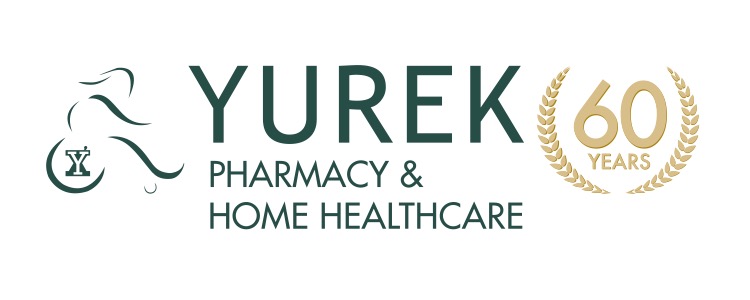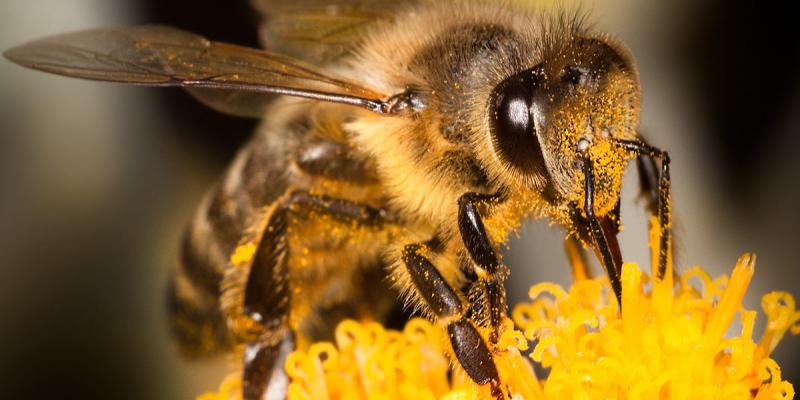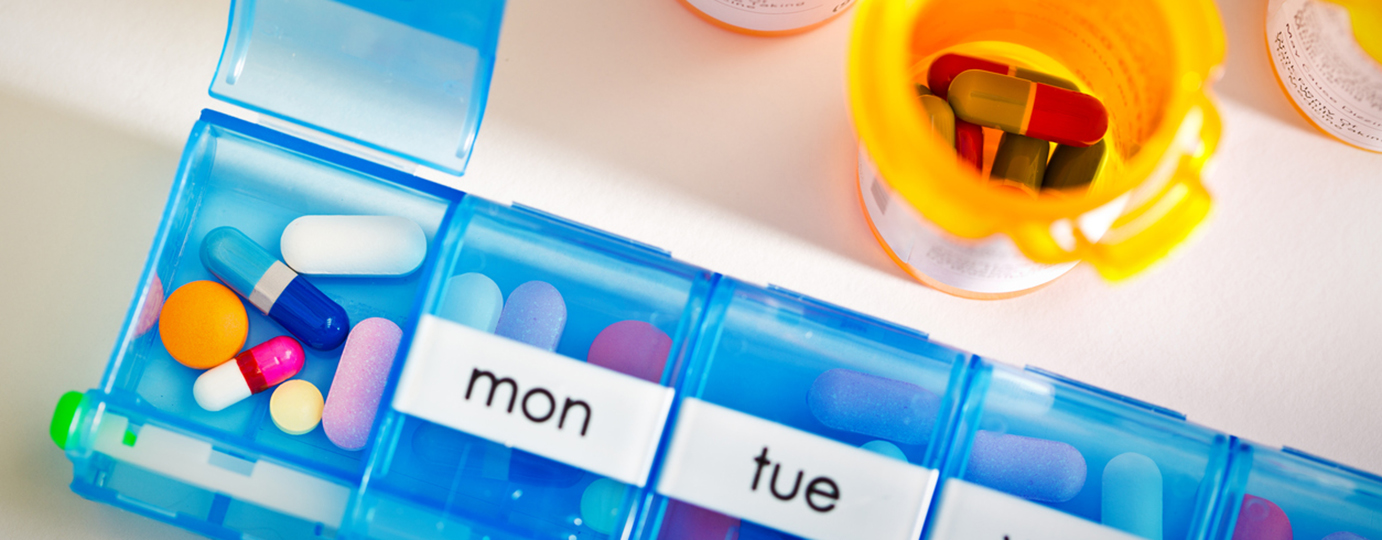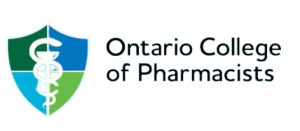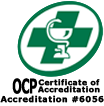By: Steve Bond, BScPhm, RPh, CDE
Warm summer nights, bountiful crops growing in the fields, children playing in the streets. Ah the world seems right. But a menace awaits — a black and yellow, swarming, stinging, flying pest. I’m talking about bees, yellow jackets and wasps. Take a trip to Clovermead Adventure Farms in Aylmer and have a look at the apiaries. You will learn about all the wonderful contributions that bees make to our ecosystem: making flowers grow and fruit trees produce and, of course, supplying delicious honey. Personally, I’ve never had a quarrel with a bee. We have an understanding- they do their thing and I do mine. In most cases, except for the rare aggressive African killer bees, they really just want to be left alone. But occasionally, the world of bees and the world of man cross paths.
Bees, wasps and yellow jackets belong to a family of insects known as Hymenoptera. (Try and say that five times fast!) They live in hives and are usually found in trees or under soffits or in rafters in areas like garages and attics. A sting will often result in a welt which is red, hot and painful. Basic first aid involves washing and then applying a cool compress or ice pack to the area. Oral antihistamines such as Benadryl ® or Reactine ® may help to reduce some swelling, itch and redness. Tylenol® or Advil® may be effective for pain. Sometimes a bee will leave a stinger in the skin. If this happens, wash your hands well to prevent passing on germs. Remove the stinger by sweeping a credit card or your fingernail across the little black stinger. Pulling up and out will release more of the bee’s venom. Note: Hornets and wasps don’t leave their stingers in a person’s flesh, but they are annoying nonetheless and can sting repeatedly.
Occasionally, there may be a more severe allergic reaction known as an anaphylactic reaction. In individuals who are allergic, a sting may mean extreme swelling in the eyes, face, and throat. If untreated, the person may die. Antihistamines are not the drug of choice for this kind of reaction. People with known anaphylactic reactions to stings should carry an injection device containing adrenaline or epinephrine (i.e. an Epi-pen ® Emerade® or Allerject ®). Adrenaline quickly reverses an anaphylactic reaction, but it’s truly a first aid measure. This medication will help to keep airways open but is not a cure; it will provide a larger window for the individual to seek medical attention. So, after the injection, a trip to the emergency department is important. Family and close friends should also be aware of how to use these devices in case of an emergency. Also, since these medications do expire over time, I encourage patients and families to take advantage of expiry reminder services offered by the manufacturer. With a few simple steps you can receive texts or emails when your autoinjector is about to expire. So, this summer, bee careful, bee prepared, and bee healthy. Take care of yourselves and each other.
